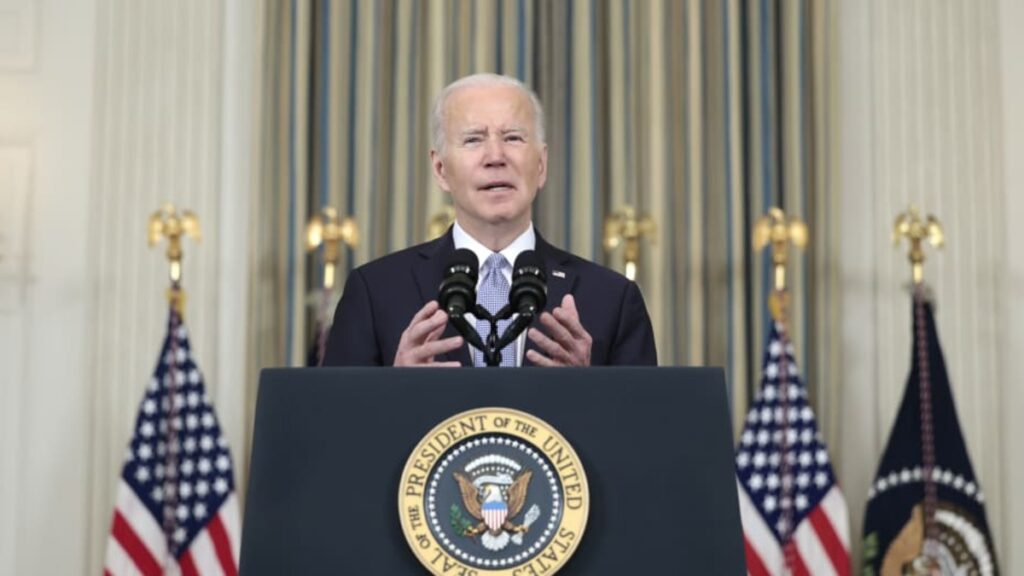
On Black Friday, Jason Apley experienced a rude awakening while shopping with his wife. Upon checking his bank account, he discovered he had about $500 less to spend compared to the previous holiday season.
Unlike many Americans grappling with student loan debt, the 44-year-old father of three from Knoxville, Tennessee, believed his debt had been canceled. However, the hefty deduction reappeared on his balance when the pandemic-era hold on loan payments was lifted.
In 2022, Apley was among approximately 200,000 borrowers who settled a groundbreaking federal lawsuit with the U.S. Education Department in Sweet v. Cardona. The lawsuit shed light on the deceptive practices of for-profit schools, which misled borrowers with promises of lucrative careers. The federal government acknowledged that thousands had been deceived and pledged to cancel the borrowers’ debt.
This year, on January 28, the borrowers anticipated their student loan accounts would be wiped clean, their credit reports would be scrubbed, and refunds would be issued. However, the Biden administration failed to fully honor that promise for at least a third of the Sweet borrowers.
ALSO READ: Freelancers File Lawsuit Against Biden Administration’s Independent Contractor Rule
According to a Justice Department letter in February, only 69% of the borrowers had their forgiveness processed, leaving nearly 60,000 borrowers without relief. The Education Department later admitted to misrepresenting the number of borrowers awaiting discharge.
The delay in debt relief has real-life consequences. Some borrowers have postponed significant life decisions, such as buying homes or undergoing medical procedures. Apley, who had to tighten his belt during Christmas, is among those awaiting refunds for payments made to cover deceptive loans.
The process of canceling the student debt of thousands is intricate, says the Education Department. Many borrowers involved in the suit have multiple smaller loans consolidated into one, making navigating the loans challenging. Moreover, different student loan companies handled the loans, and varying loan ages complicate billing history retrieval.
POLL — Should the Government Increase Taxes on the Wealthy To Reduce Economic Inequality?
President Biden touted billions of dollars in student debt relief during his campaign, promising $22.5 billion in forgiveness for over a million borrowers. However, the sluggish progress in providing relief to Sweet plaintiffs underscores the complexities of the student loan system the administration aims to fix.
Sweet v. Cardona, initiated in June 2019, highlighted the failure of the Education Department to protect students from predatory colleges. Theresa Sweet, the lead plaintiff, recounted her experience with the Brooks Institute of Photography in California, which left her burdened with debt and living paycheck to paycheck.
ALSO READ: Washington Jury Orders Monsanto To Pay Nearly $1 Billion Fine to Students and Parents
The holdup in debt relief is mainly attributed to student loan companies needing more information. As discussions continue in court, lawyers for the Sweet plaintiffs urge the government to expedite the process. However, the delays exacerbate the stress and financial strain on borrowers, casting doubt on the government’s ability to handle larger-scale debt relief efforts.
As the March deadline looms for a resolution, Sweet emphasizes the situation’s urgency, noting the tangible impact on individuals. The outcome of the Sweet case serves as a cautionary tale, highlighting the disconnect between promising debt relief and delivering it to those in need.
You Might Also Like:
Christian Student Punished for Wearing “Homosexuality Is a Sin” T-Shirt Wins Settlement From School
College Reinstates Biology Professor Fired for Saying X and Y Chromosomes Determine Sex
Court Orders Family Dollar Stores to Pay $41.6 Million Fine for Mouse-Infested Warehouse
Democratic Council Member Faces Recall Efforts in Crime-Ridden City as Residents Feel Unsafe
FBI Discovered Classified Documents in Trump and Biden’s Home, Both Face Different Investigations
